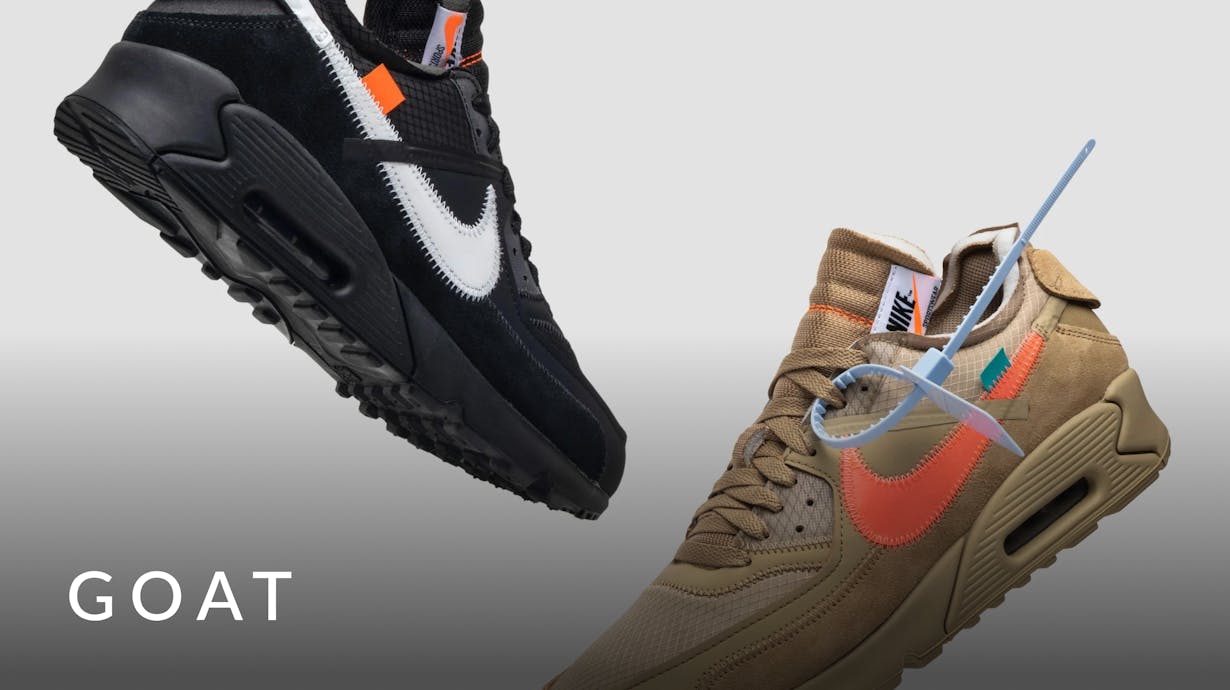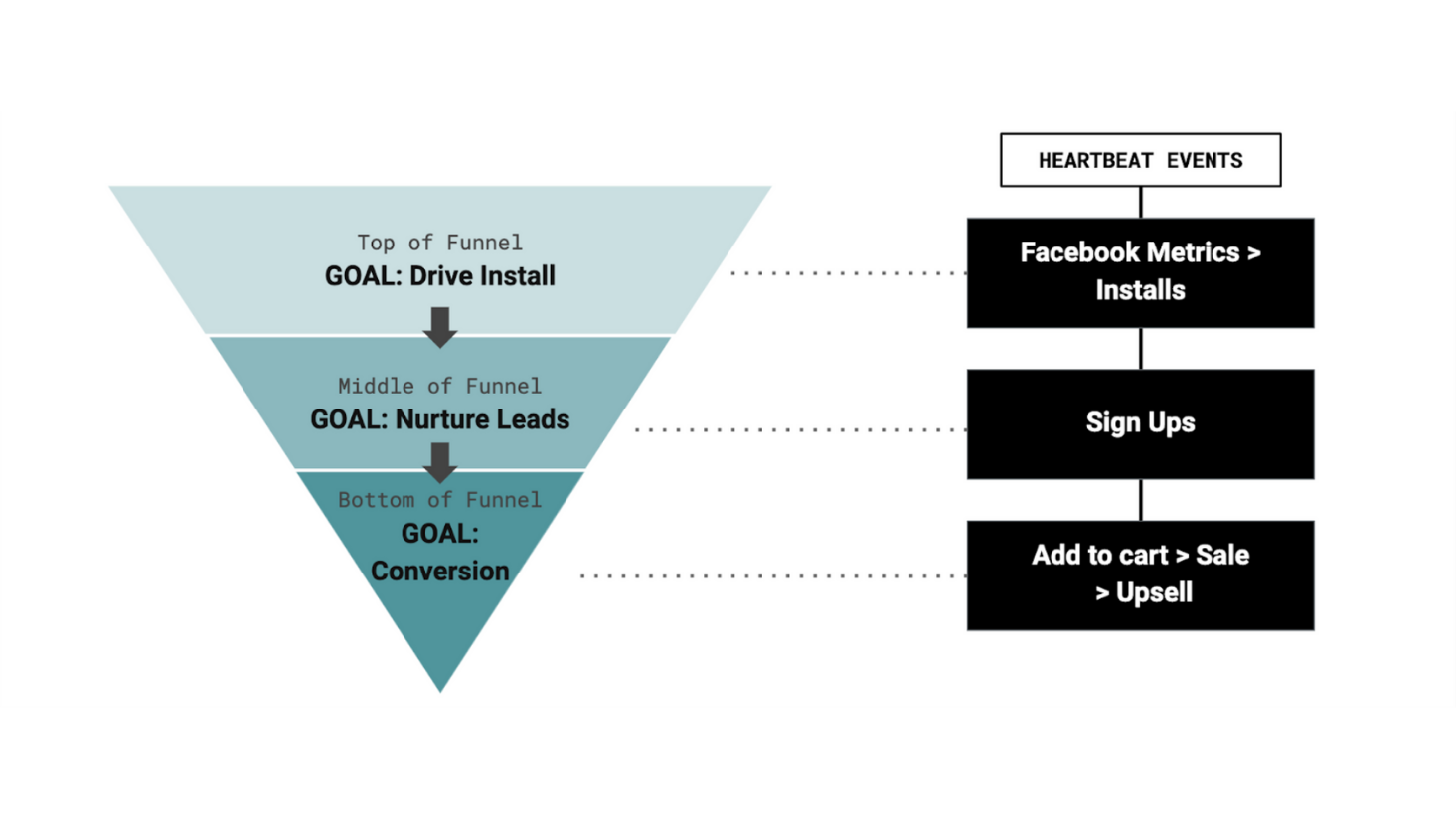GOAT's scalable lifecycle marketing strategy
Learn how GOAT uses mParticle to streamline their data pipeline and increase Customer Lifetime Value.

After unknowingly purchasing a pair of counterfeit Air Jordan Fives on eBay, GOAT’s co-founders launched the sneaker marketplace app in 2015 with the goal of building a platform where users could buy and sell verified, authentic sneakers. Since then, the brand has grown to over 500 employees and raised $197MM in funding — and they’re just getting started.
Largely responsible for their continued expansion is Mike Phu, Director of Growth at GOAT. Mike leads and manages the entire customer journey: acquisition, retention, growth analytics, and CRM.
Contextual messaging throughout the funnel
To drive growth, Mike and team had found the most success marketing to users through their media partners, specifically Facebook. Once users had entered the top of funnel, the team focused on sharing contextual messaging to progress those users to purchase. After conversion, the team focused on driving repeat purchases for lifecycle growth.
The Growth Analytics team had uncovered that users who engaged through the mobile app and visited the website had higher Customer Lifetime Value (CLTV) than users who engaged on either platform alone. For that reason, Mike’s acquisition and CRM teams were focused on getting web visitors to download the app, and vice-versa. To track a user’s progress through the funnel, the team monitored heartbeat events across channels.

Challenges: Accurate messaging and vendor management
To deliver the right message in the right part of the customer lifecycle, Mike’s team needed granular control over their campaign execution. Because their ads and emails were often contextual to the customer’s buying stage and the platform the customer was on, the team needed to make sure that their messages were up-to-date with ongoing customer engagements. They were struggling to:
- Ingest data from different channels and tie it to singular customer profiles
- Build audiences that stayed up-to-date in real time as customers continued to engage
- Deliver the right message in the right channel to increase CLTV and return on paid spend
Overcoming these challenges required hours of manual list building, for both targeting and suppression, from Mike’s Growth Analytics team. These demands pulled the analytics group away from the core analytics research and modelling they wanted to do.
In addition to the pains of manual data management, Mike’s team was dependent on engineering resources to implement and maintain vendor SDKs. The tools they were using included:
- Leanplum for mobile messaging
- Snapchat, Facebook, Instagram, and paid media
- Liftoff for mobile app marketing
- Appsflyer for analytics and attribution
- Branch for deep linking
Each required hours of implementation work from the GOAT developers, leaving growth initiatives at risk of being deprioritized on the roadmap. He knew he needed to find a way for his team to be agile, run tests, and get campaigns to market while still maintaining a good relationship with the GOAT developers.
The average growth stack contains ten tools, and that’s ten headaches for engineering
Director of Growth at GOAT
How it works
In order to track engagement throughout the funnel, tie it to persistent user profiles, and activate that information across their favorite tools with speed, GOAT implemented mParticle as their Customer Data Platform. mParticle enables Mike’s team to track user level data for not only mobile, but also web, and unify that data to a single customer profile. Functioning as a data hub, the team is able to forward events and audiences to their favorite tools in real time, making lifecycle marketing efforts more effective. mParticle handles implementation and data standardization of all the tools in our integration ecosystem, so the GOAT team was able to get campaigns to market quickly without having to manage SDKs directly.
For targeting throughout the funnel, Mike knew that it would be equally important to focus on who not to target with contextual messaging. To build accurate suppression lists, Mike’s team leveraged mParticle’s real-time audiences, which ensured them that the audience cohorts they were sending downstream to Facebook and CRM channels were up-to-date in real time, and that audience inclusions/exclusions are based on customer data from across channels.
Results
By supporting better paid media and CRM messaging, mParticle enabled GOAT to achieve:
- 52 %
- Improvement marketing operational efficiency
- 3.5 %
- Reduction in marketing spend
- 1000s
- hours
- Saved for Growth Analytics team
Beyond the impact on KPIs, Mike notes that the workflows made possible by mParticle helped build a better relationship between marketing and engineering. He describes that as growth marketers become more tech savvy, fostering the relationship between marketing and engineering organizations is paramount.
Additionally, Mike reports that his growth analytics team, now devoid of the need to manually import/export data between tools and build suppression lists, is able to spend time on core analytics work. Without mParticle, Mike says, his team would not have been able to build the MTA models, CLTV models, and incrementality models that they now leverage, or to run the tests needed to understand if their remarketing efforts were actually working. Mike now tells his growth analytics team, “You can focus on the fun stuff now, and not the mundane stuff.”
To learn more about how mParticle makes it easier to use your customer data to orchestrate targeted experiences, you can explore our data-driven personalization capabilities here.


